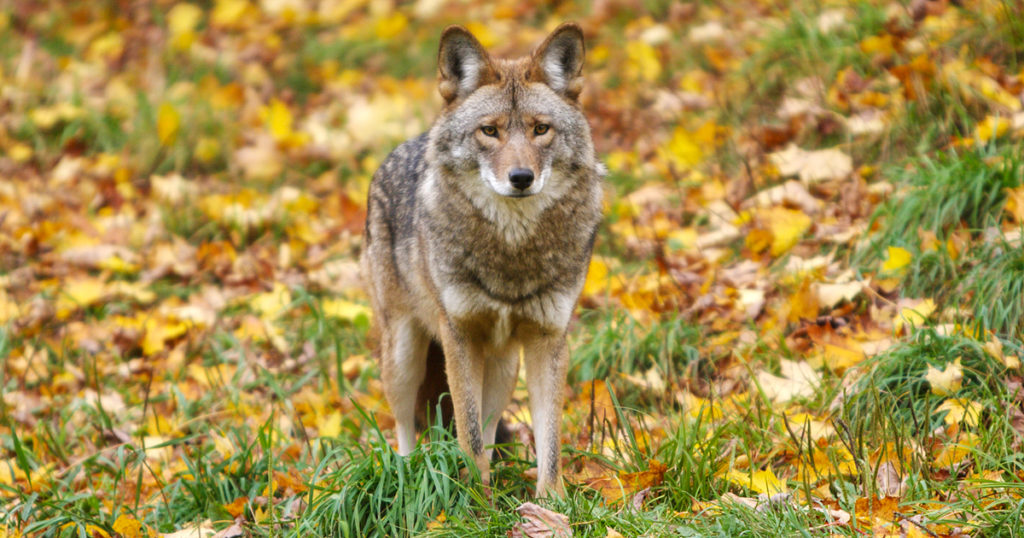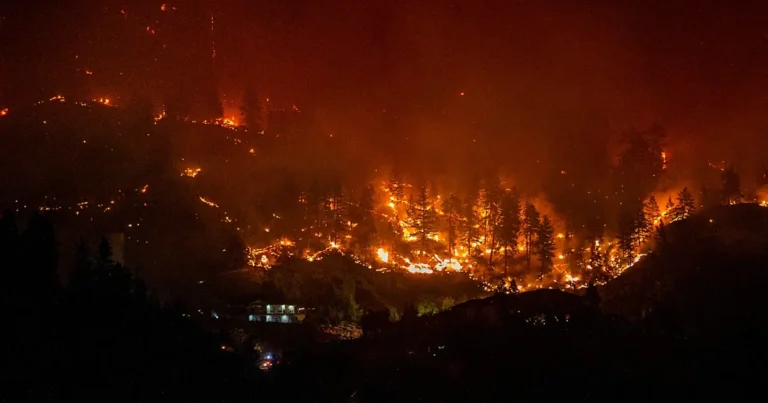
The fall marks the beginning of trapping season across Canada. Trapping season runs from roughly September until May but this varies from province to province and depends on the species of animals being trapped. During open seasons, fur-bearing animals across the country are killed for commercial and recreational purposes, their pelts sold in auction houses and made into luxury fashion products. Countless killing and restraining traps will be set in a range of environments to capture Canadian wildlife, but sometimes, dogs and cats also become victims to these indiscriminate devices.
Here are three things you need to know ahead of this year’s trapping season:
1 Warning signs for traps are not legally required. Traps are set in areas that are accessible to the public. Despite this, there are no legal requirements for licensed trappers to alert the public that there is active trapping in the area. When enjoying the outdoors this fall and winter, be mindful that you may be walking on or near an active trapline. If you are walking with a dog, ensure that they are on a leash and within your control. Be cautious if your dog is sniffing an area, as traps may be baited which can lure your dog towards them, leading to injury or death if they become trapped.
2 Trapping poses a danger to dogs and cats. Unfortunately, many dogs and cats are caught in traps set for wildlife. The indiscriminate nature of trapping results in non-target animals being killed in traps, including our companions. The Fur-Bearers conducts research into the phenomenon of dogs and cats being trapped in Canada, click here to view more info. Subscribe to our newsletter by clicking here as we will be providing important information this fall about what to do in an emergency if your pet becomes caught in a trap this trapping season.
3 Many traps are set illegally. Report all unlawful activities to authorities. Provincial regulations outline the requirements for licensed trapping which include information about what types of traps can be set, where, when, and by who. While trapping regulations are weak and rarely enforced, there is also the problem of illegal trapping, where trappers set traps for wildlife in complete disregard of the law and public safety. If you come across a trap that you suspect is set illegally, contact the relevant authorities with detailed information so they can investigate. Remember that tampering with legally set traps is an offense in many jurisdictions.
Unfortunately, governments across Canada still issue licenses for commercial trapping, an activity that results in significant suffering for wildlife in Canada and poses a risk to the public, all for fashion products that no one needs. View our trapping page to learn more about trapping in Canada.
